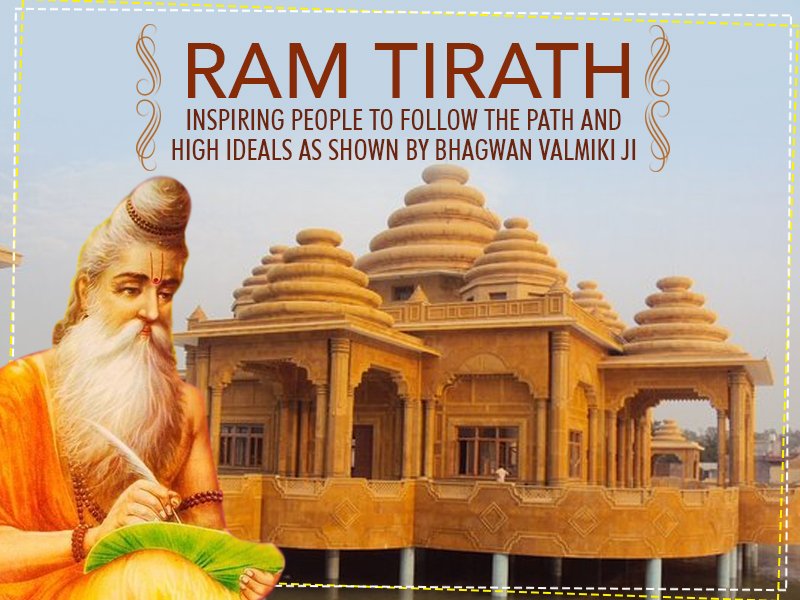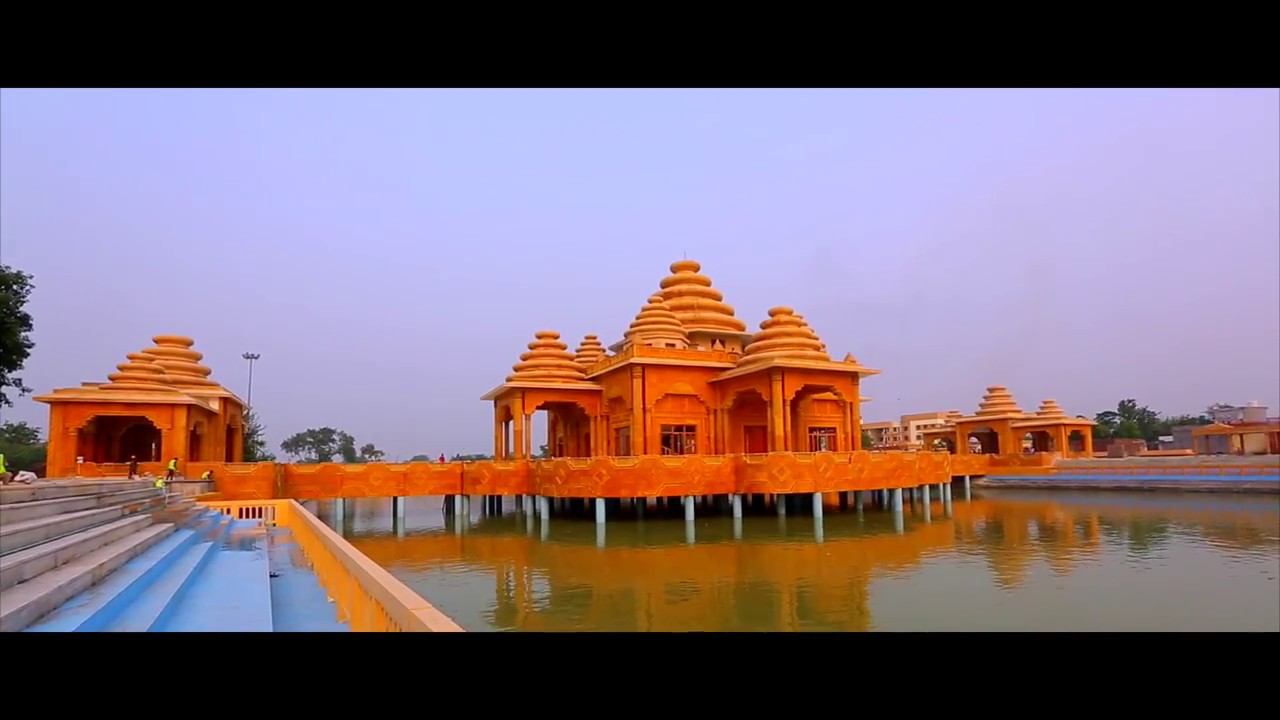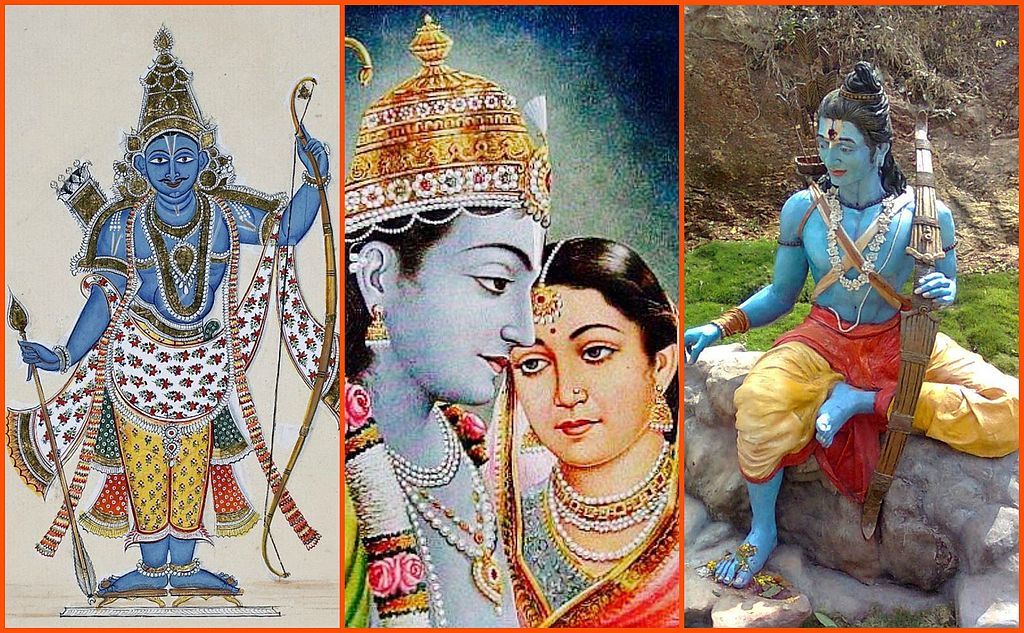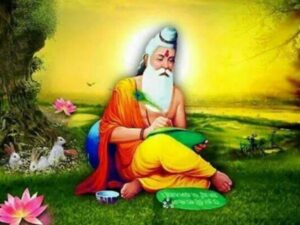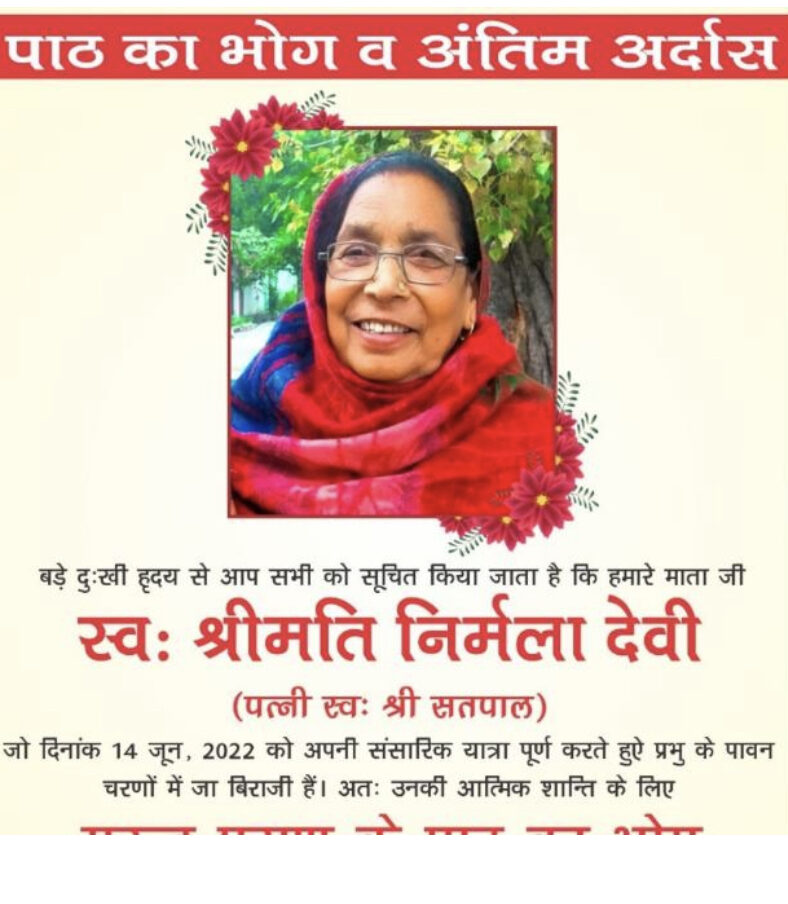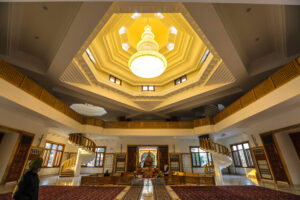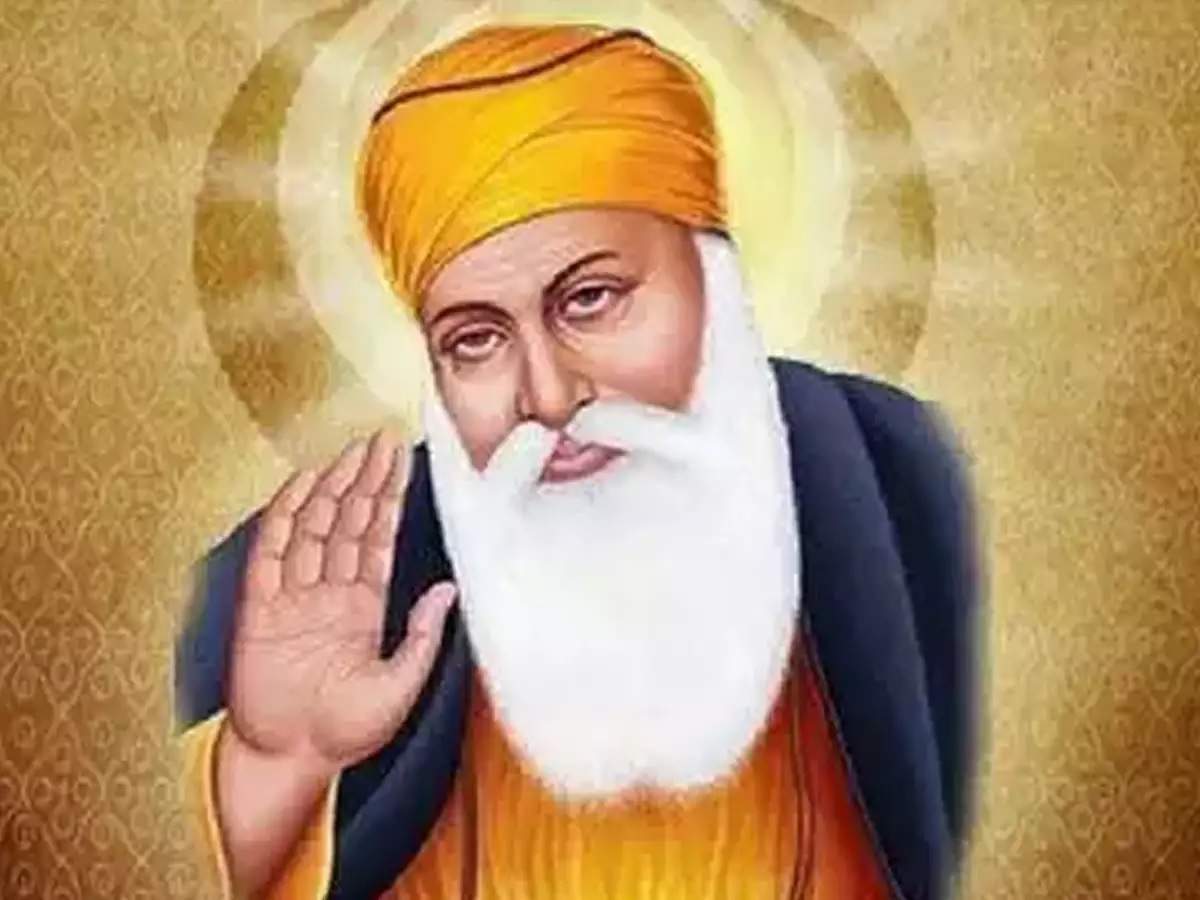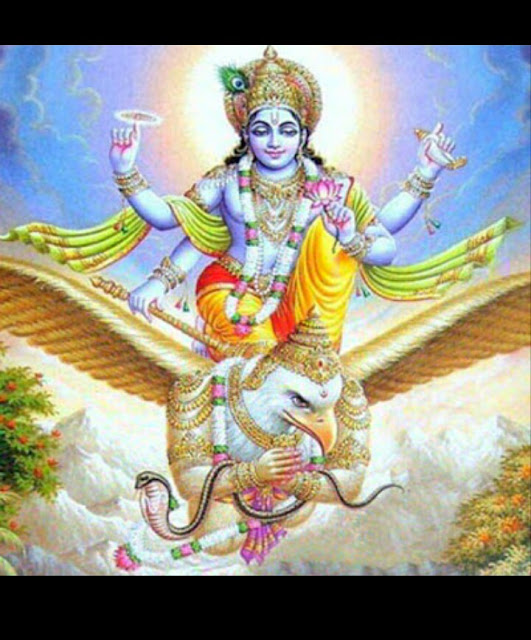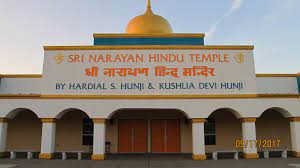Temple/Gurudwara Sahib
By contrast with the prevailing norms of corporate community worship, domestic worship, particularly among the local Valmiki families, is often characteristically Hindu - a simple puja (act of worship involving the offering of light, food etc. to deities). The range of domestic prayer and worship reported by children was diverse in character and content. Some Valmiki children reported lighting an incense stick and praying in front of a religious idol (of Guru Valmiki Ji ) but none spoke of worshipping in front of a grouping of pictures and/or images. Using the Punjabi word dhuf for incense one eight year old girl said: We really pray to Guru Valmiki Ji <br /> . Karah is a type of whole wheat flour halva made with equal portions of whole-wheat flour, clarified butter, and sugar.[1] It is offered to all visitors to the Valmiki Temple / GuruDwara in a Gurdwara/Temple. It is regarded as a treat for attendees of gurmat seminars. As a sign of humanity and respect, visitors accept the Karah sitting, with hands raised and cupped. The offering and receiving of this food is a vital part of hospitality protocols. It has the same amount of whole-wheat flour, clarified butter and sugar, to emphasize the equality of men and women. The Sewadar serves it out of the same bowl to everyone in equal portions.[2] The Karah prasad is a sacred food; if it is not accepted, it may be interpreted by some Sikhs as an insult. Karah is also taken at the initiation ceremony of Amrit Sanchar at the very end where it is shared out equally among all. It is a symbol showing that everyone is equal. <br />माता सीता आरती: आरती श्री जनक दुलारी की, सीता जी रघुवर प्यारी की॥जगत जननी जग की विस्तारिणी, नित्य सत्य साकेत विहारिणी।<br />परम दयामयी दिनोधारिणी, सीता मैय्या भक्तन हितकारी की॥<br />॥ आरती श्री जनक दुलारी की ॥<br />श्री शिरोमणि पति हित कारिणी, पति सेवा वित्र वन वन चारिणी।<br /><br />पति हित पति वियोग स्वीकारिणी, त्याग धर्म मूर्ति धरी की॥<br />आरती श्री जनक दुलारी की ॥<br />विमल कीर्ति सब लोकन छाई, नाम लेत पवन मति आई।<br /><br />सुमिरत काटत कष्ट दुःख दाई, शरणागत जन भय हरी की॥<br />॥ आरती श्री जनक दुलारी की ॥
Meditation Hall: Pray Now


